Metch the intermediates given in Column-I with their probable structure in Column-II

(A-1), (B-1), (C-2)
(A) Free radicals are formed by homolytic cleavage and they are trigonal planar

(B) The carbocation is forbed by heterolytic cleavage and sp3 carbon is converted into positively charge sp2 carbon. So shape is trigonal planar

C of C+ is sp2 and its geometry is trigonal planar
Topper's Solved these Questions
- ORGANIC CHEMISTRY SOME BASIC PRINCIPLES AND TECHNIQUESBOOK - KUMAR PRAKASHANCHAPTER - ORGANIC CHEMISTRY SOME BASIC PRINCIPLES AND TECHNIQUESEXERCISE - Section -D -Assertion and Reason Type
12 Videos
- ORGANIC CHEMISTRY SOME BASIC PRINCIPLES AND TECHNIQUESBOOK - KUMAR PRAKASHANCHAPTER - ORGANIC CHEMISTRY SOME BASIC PRINCIPLES AND TECHNIQUESEXERCISE - Section -D - Long Answer Type
12 Videos
- ORGANIC CHEMISTRY SOME BASIC PRINCIPLES AND TECHNIQUESBOOK - KUMAR PRAKASHANCHAPTER - ORGANIC CHEMISTRY SOME BASIC PRINCIPLES AND TECHNIQUESEXERCISE - Section -D -Short Answer Type
54 Videos
- HYDROGENBOOK - KUMAR PRAKASHANCHAPTER - HYDROGENEXERCISE - Section-D NCERT Exemplar (Long Answer)
8 Videos
- QUESTION ASKED IN JEE -2018BOOK - KUMAR PRAKASHANCHAPTER - QUESTION ASKED IN JEE -2018EXERCISE - MCQ
10 Videos
Similar Questions
Match the intermediates given in Column I with their probable structure in Column II

View SolutionMatch the intermediates given in Column I with their probable structure in Column II

View SolutionMatch the statements given in Column I with the oxidation states given in Column II.

View SolutionMatch the reactions given in Column I with the suitable reagents given in Column II.
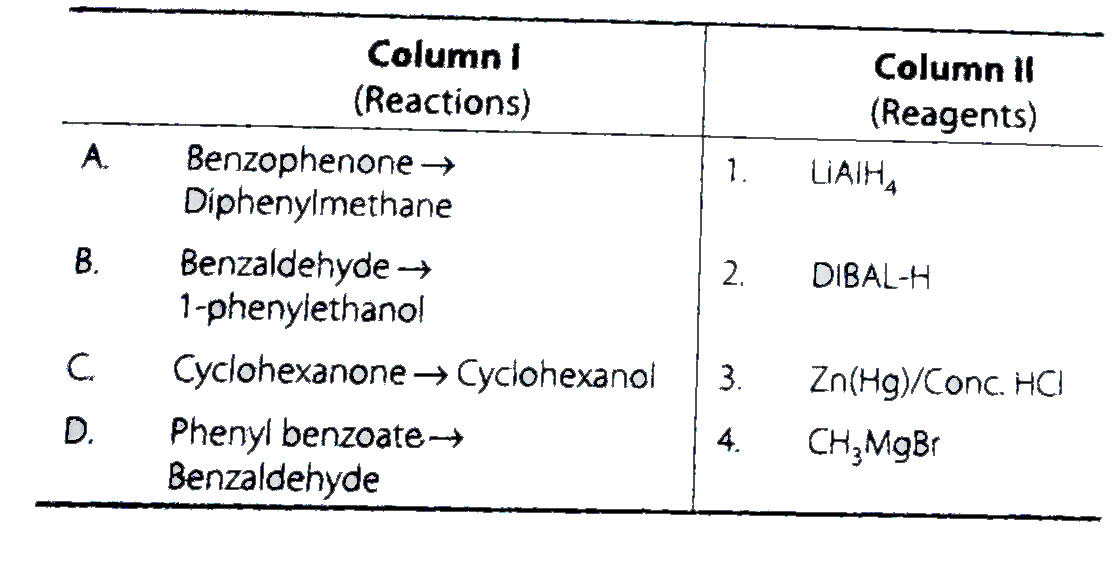
View SolutionMatch the statements given in Column I with the oxidation states given in Column II.

View SolutionMatch the reactions given in Column I with the suitable reagents given in Column II.
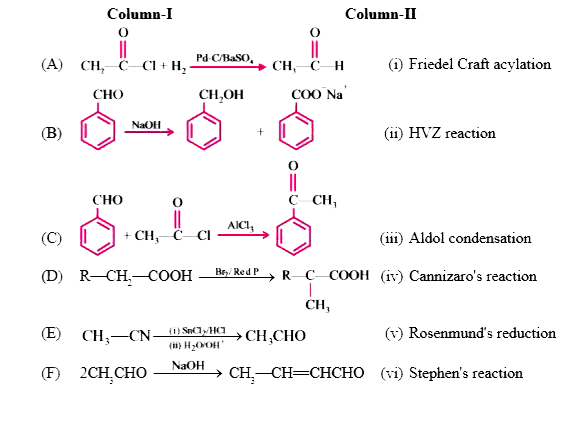 .
.
View SolutionMatch the structures given in Column I with the names in Column II
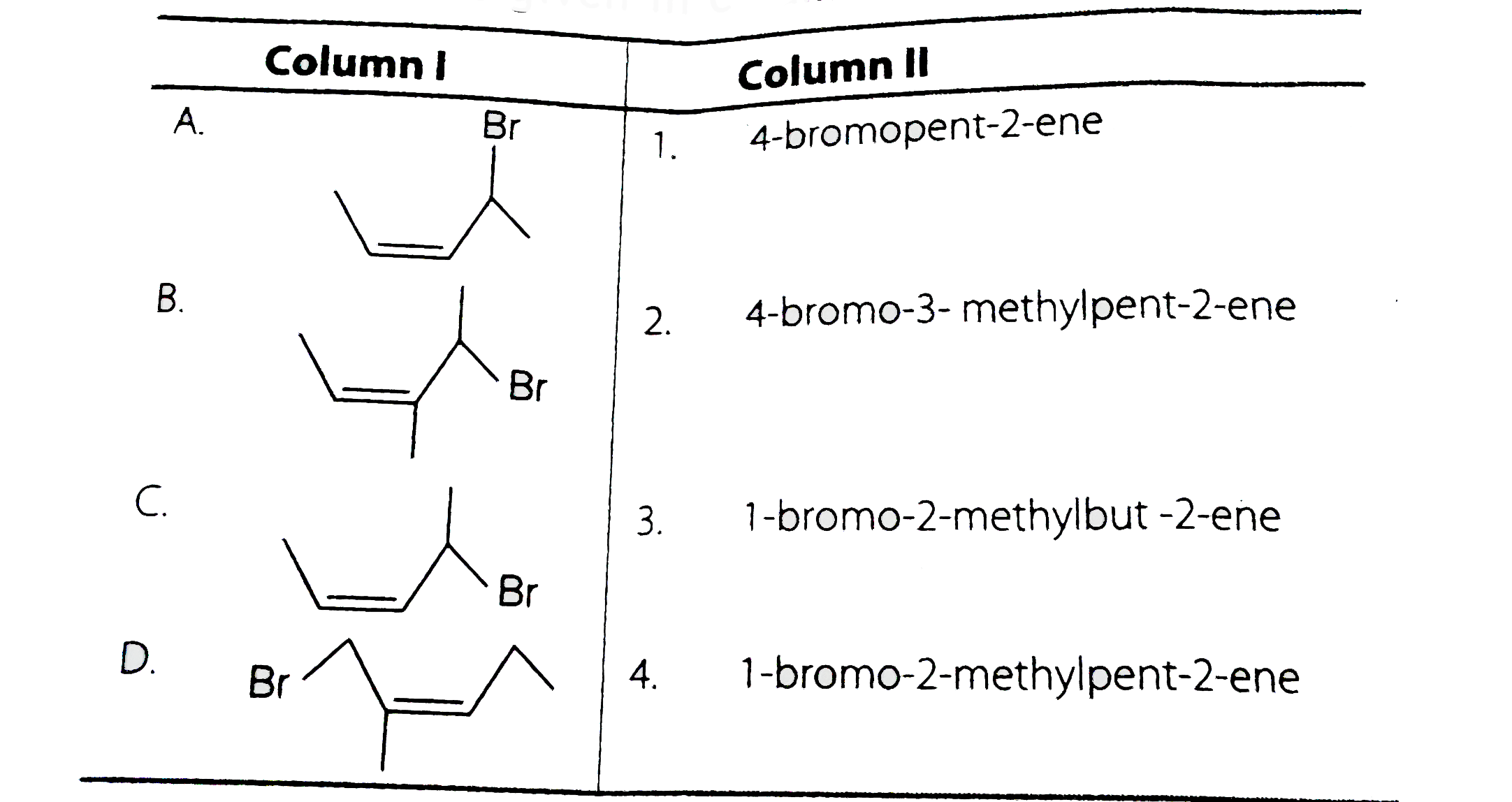
View SolutionMatch the structures given in Column I with the names in Column II

View SolutionMatch the polymers given in Column I with their repeating units given in Column II.
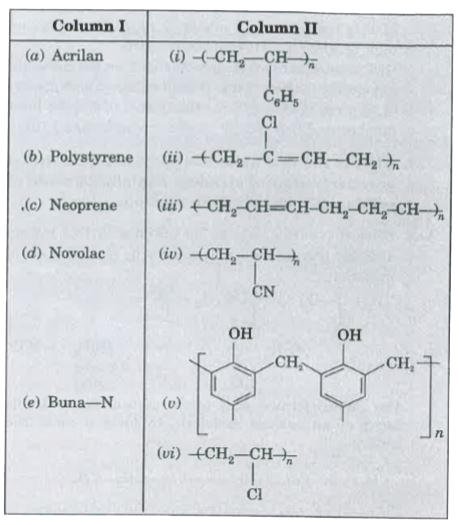
View SolutionMatch the polymers given in Column I with their commercial names given in Column II.
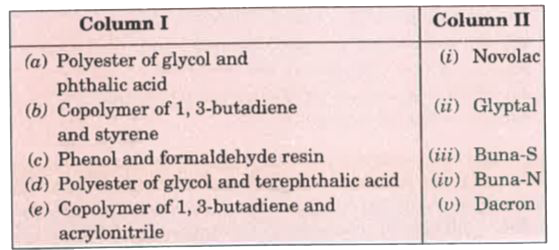
View Solution
